Have you ever looked at a tank or a fighter plane and wondered: what was the military might of mankind before?
Humans discovered fire 1.4 million years ago
Archery was invented 15,000 BC
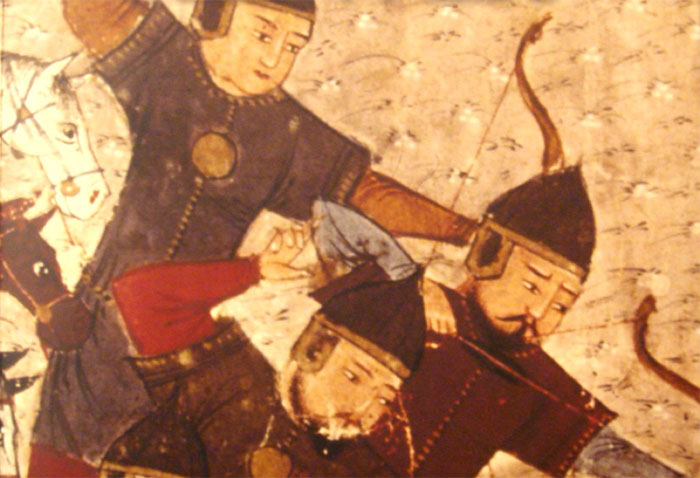
The oldest arch is in the Holmegaard swamp in Denmark.
Although the exact date of the invention is not known, the world’s earliest arrows and bows are believed to be made from perishable materials. The oldest arches are found in the Holmegaard Swamp in Denmark, dating to around 9000 BC. Humans knew how to use bows and arrows to hunt and fight the enemy.
Numerous studies show that bows and arrows were used in military conflicts as early as 5400 BC.
Wheel invented 3500 BC
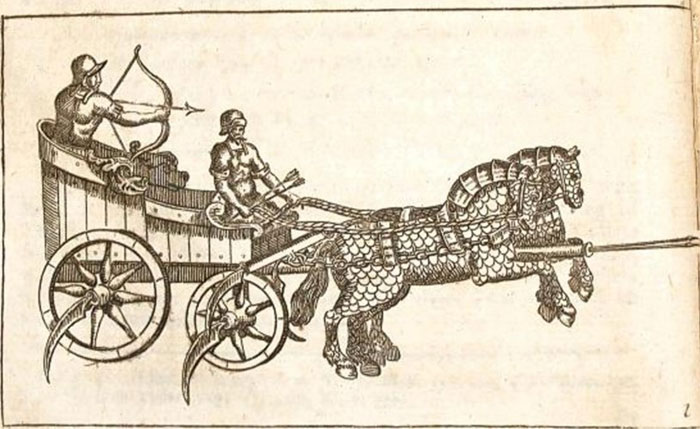
Until around 2000 BC, the wheel was used as an effective tool in wars.
Although the first wheels were born with no exact date known, they were used very commonly from around 3500 BC. The wheels also inspired many other inventions such as turntables or the watermill. This invention is really a very important step in the military history of the world.
Until around 2000 BC, it was used as an effective tool in wars. The ancient Hittites were the first inhabitants in history to find the use of a horse-drawn vehicle in battles.
The birth of the Iron Age 1200 BC
The Hittites have been known to turn iron into steel since around 1400 BC. Around 1200 BC, new iron-based “technologies” began to spread from Asia Minor to Europe, Africa and Asia.

The introduction of the Iron and Steel Revolution changed people’s lives in many ways.
The introduction of the Iron and Steel Revolution changed people’s lives in many ways. Harder and easier to use iron and steel tools boost productivity, but are also one of the factors behind the population boom.
Weapons and iron armor were also gradually replaced when people discovered other metals such as copper. The conflicts arose not only for the territory, for food, but also for the search for supplies of iron and copper.
The birth of concrete (200 BC)

Around 200 BC, the ancient Romans began to build concrete structures.
Around 200 BC, the ancient Romans began to build concrete structures. Thanks to its bearing capacity, solid structure and waterproofing, concrete has become the main material for all construction works, from seaports, temples, electricity, houses to bridges.
With the help of concrete, fortresses became stronger and more unique, and more unique constructions were born, making Rome a powerful empire nowhere else.
Theory of the “just war” 426 BC.
In the year 426 BC, St. Augustine of the city of Hippo announced his work entitled “The City of God” – the City of God. The book contains his thoughts that justify Christianity as opposed to other religions.

Theory of Justified War – constructed by philosopher Thomas Aquinas in the mid-1200s.
These ideas are based on the theory of “just war” – just war – formulated by the philosopher Thomas Aquinas in the mid-1200s. His two works contain the same content: “equal how a conflict is considered to be a conflict. “Just war”.
According to National Geographic, just wars “must be made public by the right authority … for a good cause and its ultimate goal is to establish true harmony.” “.
The introduction of the world map in 1569
Until 1569, sea cruising was still a very tiring and stimulating profession. Maritime restaurants should always use the compass to adjust their direction in order to map their route. However, these maps are often not very precise.
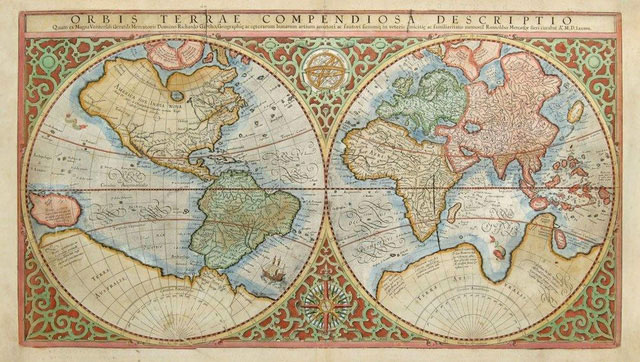
Gerardus Mercator invented the world’s first modern world map in 1569.
As a cartographer in Flemish Belgium, Gerardus Mercator invented the world’s first modern world map with lines that depict longitude and latitude much more accurately and easily. with other cards.
Its method of mapping used to this day has enabled seafarers to navigate accurately and easily and mark their routes.
Although Australia is still lacking, the introduction of the world map is a new milestone in the maritime industry which is extremely important in the process of conquering the world and exploring Europe.
Industrial revolution since 1712
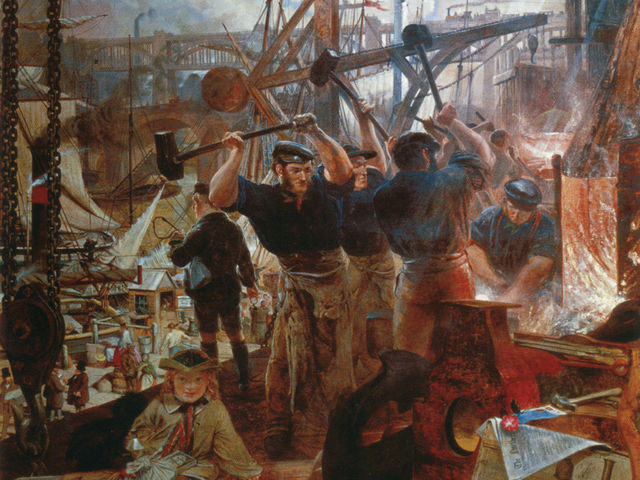
The Industrial Revolution in England was born through the use of iron and steel combined with the discovery of new sources of energy.
The use of iron and steel combined with the discovery of new sources of energy fueled the industrial revolution that broke out in England in the 18th century.
History cannot help but record the important milestone marking the birth of the steam engine in 1712 by scientist Thomas Newcomen. His invention is particularly important in helping to increase productivity, transport and replace manual labor with machines. This event was the source of later important inventions such as ships, cars, airplanes, telephones, radios, and factory operating systems.
The first mobile phone was born (1876)
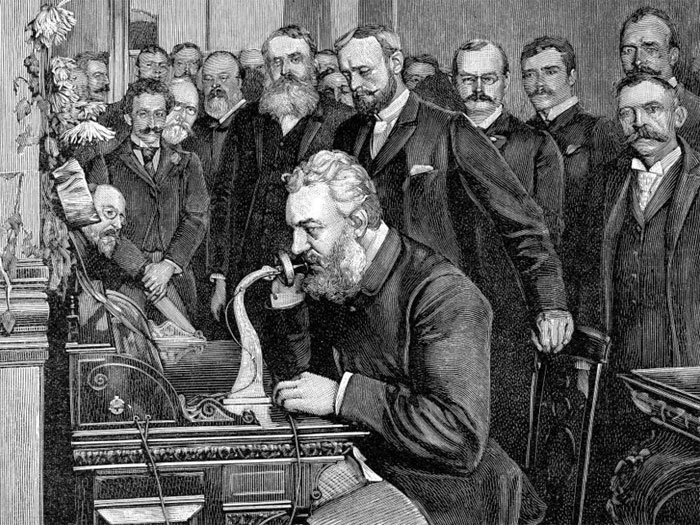
In 1876, the world’s first cell phone was born.
On March 7, 1876, the US copyright agency decided to reward Alexander Graham Bell for the invention he had just born. It was “one of the most valuable inventions in history”.
Three days after receiving the copyright certificate, the inventor used the cell phone he had just invented to call his assistant sitting just below the room. “Watson, you go upstairs. I need to see you.”.
After the birth of the first cell phone, it spread to many continents. The first international appeal launched in 1927 marked an important step in bringing people together and bringing them together from all over the world.
Birth of aircraft (1903)
The British and Italians designed the first bomber in 1913.
Although the Wright brothers’ plane could only fly for 12 seconds, it was the first time in history that a “heavier than air” machine controlled by humans could fly through the air. The first design (in 1903) of the two inventors was then perfected and put into service during the First World War (1914-1918).
According to National Geographic, the British and Italians designed the first bomber in 1913. In particular, France also started adding machine guns to its fighter jets. Today the United States alone has about 13,000 military combatants. Russia and China are also two countries with strong air power in the world with 2,000 to 3,000 military aircraft.
The Manhattan campaign and the most powerful weapon known in the history of mankind’s war
A month before the outbreak of World War II, German genius Albert Einstein wrote a two-page letter that opened the door to the nuclear arms race against the Nazis.
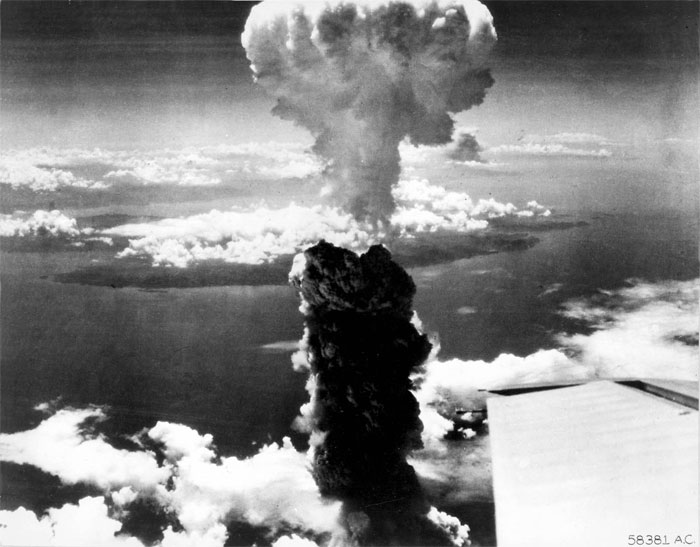
America has launched a campaign called the “Manhattan Project” with the aim of designing a dangerous weapon.
In his 1939 letter, Einstein warned Prime Minister Franklin D. Roosevelt that a nuclear nuclear reaction from uranium could produce bombs of unprecedented devastation – the brute bomb. death.
Two years later, the United States launched a campaign called the “Manhattan Project” to design a dangerous weapon that had never been produced before.
At 8:15 am, on the morning of August 6, 1945, the world is horrified by the terrible explosion of the world’s first atomic bomb (this bomb contained 12,500 tons of TNT, which fell in 44.4 seconds). to the Japanese city of Hiroshima.
Conquering the vast universe
In 1954, for the first time, Russia offered to build an artificial satellite. In 3 years, the first artificial satellite to orbit the Earth, named Sputnik 1, was born.
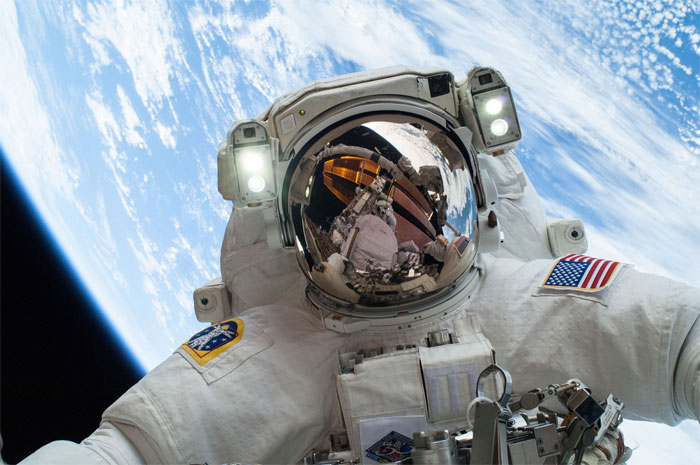
Russian astronaut Yuri Gagarin is honored to be the first to fly into space.
In 1958, German aeronautical engineer Wernher von Braun cooperated with the United States military to successfully launch the Explorer 1 satellite.
Three years later, Russian astronaut Yuri Gagarin had the honor of being the first person to fly in space. The jump made America jealous and “swore” to be the first country to put humans on the moon – and it came true on July 20, 1969.
Following in the footsteps of the first space conquests in history, private companies like Elon Musk’s SpaceX and Richard Branson’s Virgin Galactic are also embarking on daring projects to open up new horizons for space travel. in the future, the salary is not far.
Internet connection (since 1991)

Mankind entered an unprecedented era in development history when the World Wide Web (global network) was born in the late 1960s.
Mankind entered an unprecedented era in development history when scientist Tim Berners-Lee invented the World Wide Web in the late 1960s. He developed “software.” can create links between all associated files on your computer, link multiple computers together. From there, users can share data “.
The software was made available to the public in 1991 and since then at least 3 billion people around the world have used the Internet.
Regenerative medicine

Regenerative medicine also gives hope to veteran amputees, …
The first big step in bringing people to regenerative medicine, restoring damaged or lost parts, was in 1999, when doctors at the University of Wake Forest succeeded in building the bladder. stem cells to a child patient named Luke Marsell.
Since then, researchers have continuously explored and developed more sophisticated and increasingly sophisticated techniques, not only applicable to parts such as the bladder, liver, and bones, but also to the brain – the most complex organ of the body. human body.
Regenerative medicine also gives hope to veteran amputees, … those who are lucky enough to come back but who are not healed after bloody wars.


